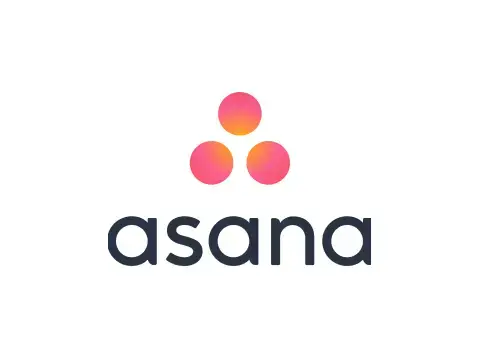Know which company visits your website
Start identifying your B2B website visitors and reach out to them within the same platform. Grow your sales funnel, and generate more and better leads than your competition.
- No payment details required
- GDPR-compliant
- Trusted by 15.000+ users
Trusted by 8,000+ businesses







Why is identifying website visitors so powerful?
Play Video
Thousands of businesses are winning with Leadinfo

One of our customers generated €235,000 after just six months. All thanks to the leads he had discovered through Leadinfo.
Mark Graatsma – Reason Online Marketing
Reveal the most interested companies in real-time.
Turn your anonymous website traffic into real buying intent signals with our best-in-class Lead Generation Software.
Know the decision makers searching for you right now.
Leadinfo reveals the contact details of key decision-makers, enabling you to reach out to the right people at the right time.
Easily reach out to your leads.
Build multi-channel outreach campaigns including email, LinkedIn and connect to your CRM to convert your leads.
Integrate with 70+ tools
Full Native integrations with no workarounds giving you seamless workflows and complete control of your data.
Salesforce
CRM
Zendesk Sell
CRM
HubSpot
CRM
Pipedrive
CRM
LinkedIn Ads
Social media
Teamleader
CRM
Microsoft Teams
Communication
Microsoft Dynamics
CRM
Discover our 70+ other integrations
Trust more than 600 reviews
Kaz van Vliet
1 July 2025
Excellent partner of our agency GetForawrd.
Mees Visser
4 April 2025
Works great! I've never had any problems.
Arend-Jan De Jong
20 March 2025
Works beautifully.
Els Vink
19 March 2025
I say good!
Bart
17 March 2025
Fantastic!
Sam
17 March 2025
Thank you!
Gert
4 March 2025
Nice tool. Good.
Gorini Roberto
2 March 2025
Very good software. A must for every company.
Mark
26 February 2025
More leads coming in! Everything is as expected!
Hendrik G d
18 February 2025
Absolutely great!
Floris Dahler
16 February 2025
Completely Satisfied!
Julian van den Brink
25 January 2025
Recommendation.
Hans Dahler
10 January 2025
Great support tool to work with, easily measure which potential companies are visiting your website.
Jan
4 January 2025
Excellent satisfied!
ZZP2025
21 December 2024
Given functions.
Floris Dahler (TopFuiken)
20 December 2024
Very satisfied!
New Challenge Agency
12 August 2024
A great tool to work with. It provides us with insights that we couldn't obtain before, with the goal of generating more qualitative leads.
Worldwide coverage.
Your search for qualified leads ends here.
Our international presence is a force to be reckoned with. Adopt the leading lead gen platform and never miss another sale.
195
Countries
Our international database enables you to generate leads from every country.
220M
Companies
Discover better leads than your competition with our unmatched dataset.
45
Datapoints
Implement the leading lead generation software and never miss a deal again.
70+ available one-click integrations
With 70+ integration possibilities, you can connect Leadinfo to the apps you already use and love.
Explore our integrations










Elevate growth with our certified partners
More than 2,000 partners around the world are ready to help you make the most of Leadinfo.
Discover our partner network

Create your free account
Start identifying your website visitors today.
- No payment details needed
- GDPR-compliant
- Trusted by 15.000+ users


